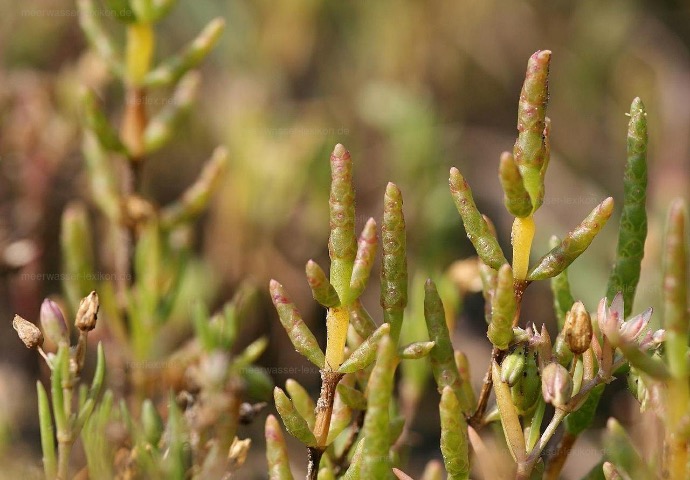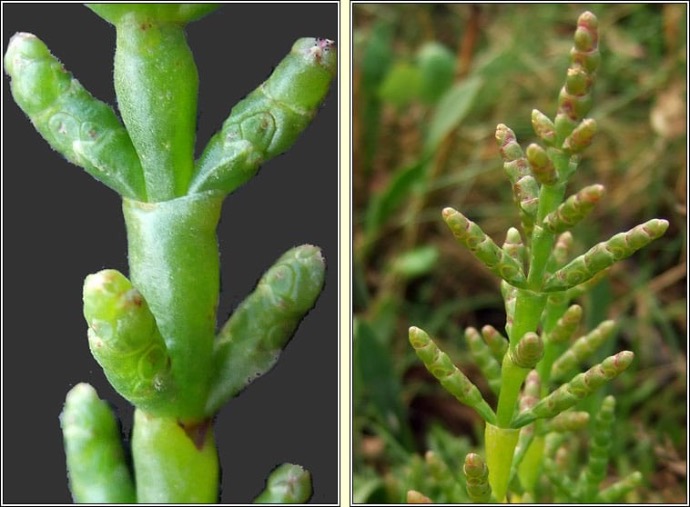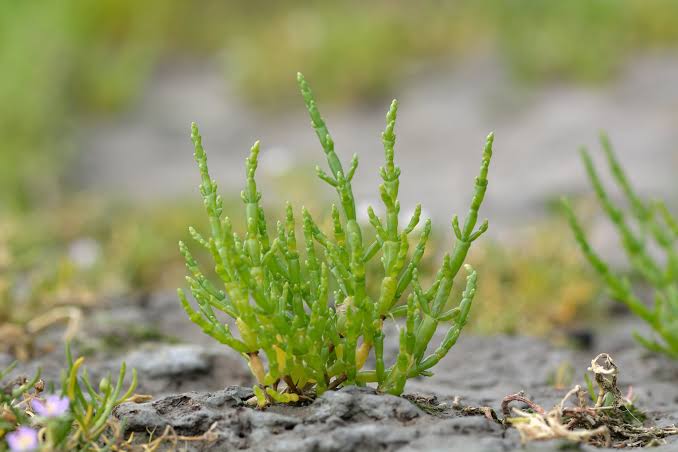Salicornia Plant
Salicornia, a perennial, thrives in well-drained, sandy soil and full sun. It's frost-tolerant and grows well in moist to wet conditions.
Habit
Perennial
Height
10-50 cm
Growth
Fast
Soil
Saline, sandy loam
Shade
Full Sun
Moisture
Moist - Wet
Edible
Yes
Medicinal
Yes
Origin
Coastal Areas
Climatic Condition
Coastal, Saline
Temperature (°)
10-30°C
Humidity (%)
50-80%
Potting media
Saline soil
Fertilizers
Minimal
Watering
Moderate
Plant Weight
50-200 g
Flowering Time
Spring to Summer
Soil Ph level
7.0 - 9.0
Water Ph level
7.0 - 9.0
Soil EC
1-2 dS/m
Yield Per Plant
500-800 g/plant
NPK ratio
05:05:05
life Span
Annual
Health Benefits
Edible, rich in minerals
Suggested Grow Media or Potting Mix ?
50% loam, 25% compost, 25% sand
Suggested Fertigation/Fertilizers
Fertilize every 4 weeks with a balanced fertilizer.
Common Diseases and Remedies
Dark Blotch.
forms brownish tips appears around the stem
neem oil , cow urine
HEALTH BENEFITS
1. Rich in iodine, vitamins A and C, and omega-3 fatty acids.
2. Supports thyroid function.
3. Cardiovascular health.
What Is An Salicornia Plant ?
Salicornia*is a succulent, halophytic flowering plant from the Amaranthaceae family that grows in salt marshes, beaches and mangroves. The Salicornia genus is native to North America, Europe, Central Asia and South Africa.
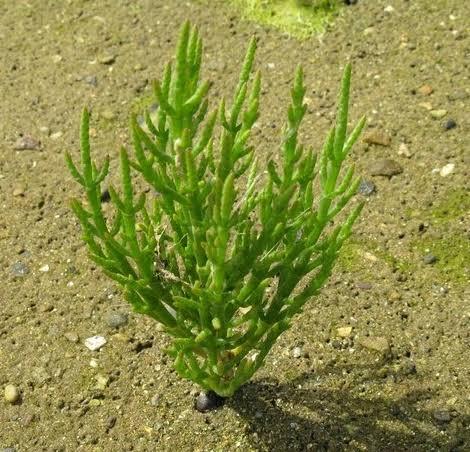
What Are The Different Types Of salicornia Plants?
1. Salicornia europaea:
Salicornia europaea is Also known as Samphire, this species is native to Europe and is widespread worldwide. It is often used in cooking and is known for its texture and salty taste.
2. Salicornia bigelovii:
Salicornia bigelovii is Also known as the dwarf samphire, this species is native to North America and can be found along the coasts of the United States and Mexico. It is often used as a crop for livestock and also for human consumption.
3. Salicornia ramosissima:
Salicornia ramosissima, This species, which is native to Europe, Asia and Africa, is also known as slender nosewort. Similar to Samphire but with more structure.
4. Salicornia pacifica:
Salicornia pacifica, This species, native to North America, is found on the Pacific coast of the United States and Canada. It is often used as food for wild animals and is also used by humans.
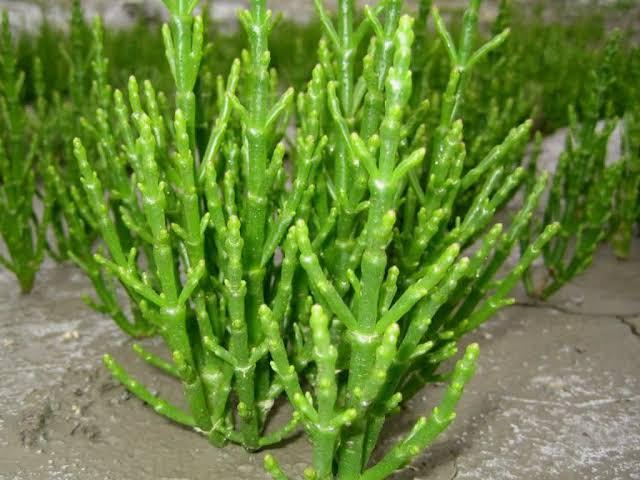
1. Location
Salicornia, also known as samphire or sea asparagus, grows in coastal waters with saline soils, such as marshes, estuaries, or salt flats. It needs full sun and well-drained soil with a high salt content. Therefore, the best place is coastal areas where these conditions exist.
2. Sun Light
Salicornia plants need sunlight to thrive. They generally need at least 6 to 8 hours of direct sunlight per day for optimal growth.
3. Soil
Salicornia, also known as samphire or sea asparagus, grows in sandy soils with high salt content. It is often found on beaches or swamps where the soil is salty. Well-drained, sandy soil is ideal for them to grow following their habitat.
4. Hydration
Salicornia is a halophyte, meaning it can withstand high salinity and reduces water needs. However, it still needs to be moistened regularly, especially when it starts to grow. Once established, it can rely on rain or occasional water, especially if grown in good, sandy soil. In general, avoid overwatering to prevent waterlogging.
5. Nourishment
Salicornia usually grows in low-salt environments and therefore contains very few nutrients. However, like all plants, it still needs important nutrients such as nitrogen, phosphorus and potassium to grow well. It also benefits from micronutrients such as iron, manganese and zinc, but these elements are usually found in adequate soil. In general, providing a balanced fertilizer containing these important nutrients can help promote good growth, but overfertilization should be avoided to avoid negative effects on salt plants.
6. Issues
Although Samphire is known for its performance and adaptation to harsh environments, it still faces some issues:
1. Pests and Diseases:Although Samphire is resistant to insects and diseases, it is still susceptible to insects (such as aphids or caterpillars) and diseases if grown in wet or overcrowded conditions. and other diseases.
2. Environmental stress: Salicornia can tolerate high salinity, but small changes in salinity levels or prolonged exposure to fresh water can stress the plant. Likewise, rain or excessive precipitation can also affect growth and yield.
3. Competitive Pressure: Samphire may compete with other salt-tolerant species or invasive plants in its native environment, which will reduce its growth and establishment.
4. Soil Conditions:While Salicornia prefers sandy, well-draining soils, poor soil conditions or soil compaction can hinder root development and nutrient uptake.
5. Harvest Difficulty:Harvesting can be a difficult task, especially when grown in large rows. Care must also be taken to ensure efficient harvesting to prevent overexploitation of the population.
7. What are the benefits of Salicornia ?
Samphire, also known as sea asparagus or samphire, has many benefits:
1. Nutritional value: Salicornia is rich in nutrients such as vitamins A, C and E, as well as minerals such as calcium, magnesium and potassium. It is also a good source of dietary fiber and protein.
2. Salinity: Salicornia thrives in saline environments and can grow in coastal areas or in saline soils where other crops grow.
3. Environmental benefits: Salicornia cultivation absorbs most of the salt in the soil and helps improve the soil. It can also help improve coastlines and provide habitat and food for wildlife in coastal ecosystems.
4. Various culinary uses: Samfir is edible and has a distinctive salty taste, making it popular in salads, stir-fries and pickles. It is also popular as a delicacy due to its nutritional value and taste.
5. Biofuel potential: Salicornia has been investigated as a potential biofuel source due to its ability to grow on marginal lands and the oil content of its seeds that can be converted into biodiesel.
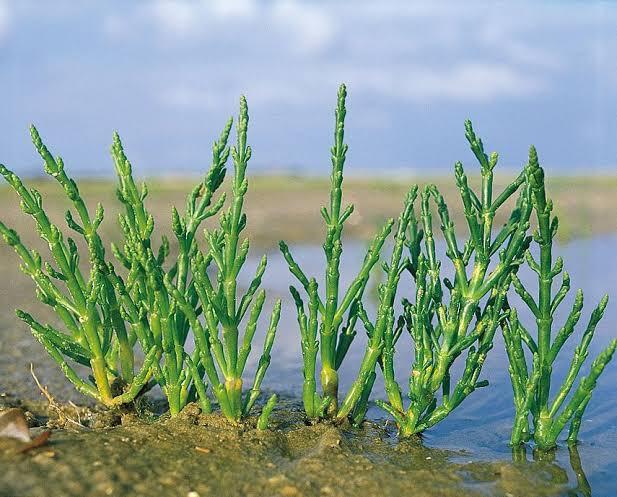
FAQs About Growing Areca Palms
1. How do I grow Salicornia?
Salicornia can be grown from seeds in well-drained, sandy soils with high salinity levels. It requires full sun and regular moisture, particularly during its initial growth stages.
2. How long does it take for Salicornia to grow?
Salicornia typically reaches maturity within 60 to 90 days after planting, depending on growing conditions and climate.
3. What are the ideal growing conditions for Salicornia?
Salicornia thrives in coastal areas with saline soils and full sunlight. It prefers temperatures between 15-25°C (59-77°F) and requires well-draining soils.
4. How do I harvest Salicornia?
Salicornia can be harvested by cutting the stems above ground level once they reach a suitable size, typically around 15-20 centimeters (6-8 inches) tall.
5. Can I eat Salicornia?
Yes, Salicornia is edible and has a salty, crunchy texture. It's commonly used in salads, stir-fries, pickles, and as a garnish in various dishes.
